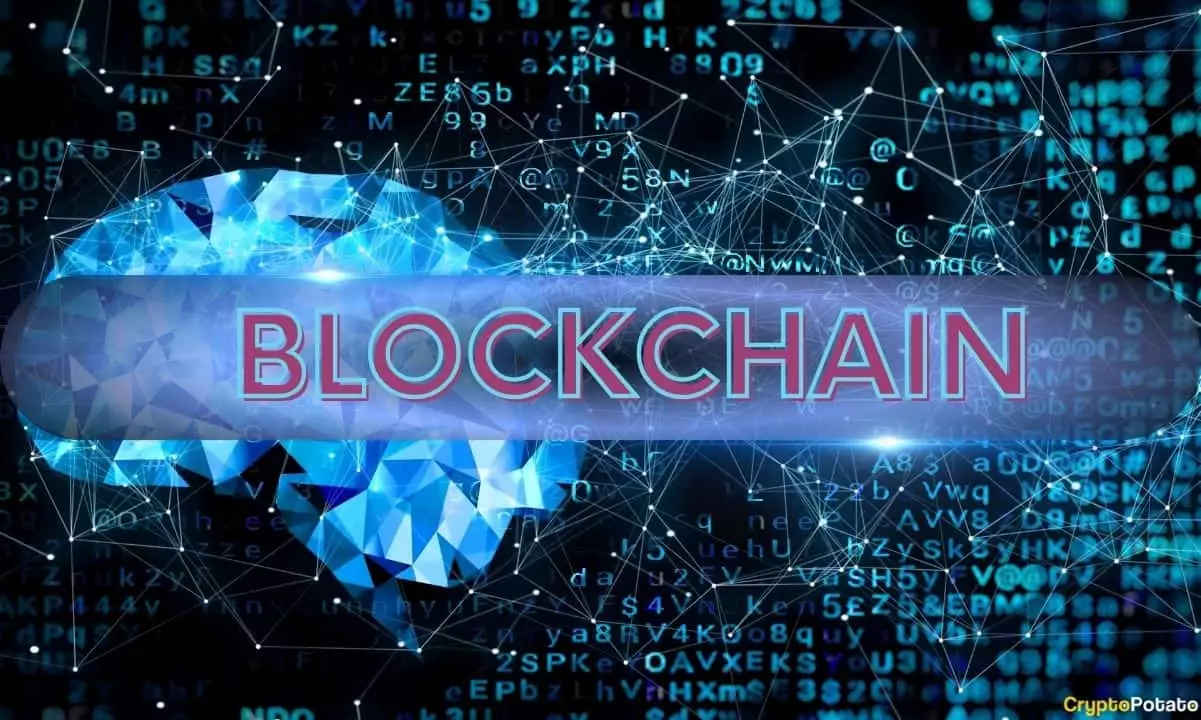In recent times, the crypto market has faced declining prices and rising global interest rates. These circumstances have led many investors to shift their attention towards artificial intelligence (AI). While Bitcoin remains a primary focus, experts predict that AI will soon take center stage in shaping the future possibilities of the market.
According to Nansen’s latest projections, AI agents will dominate the blockchain by 2024. This shift towards AI is expected to contribute to a more secure and streamlined ecosystem. Although the integration of AI and blockchain may still be uncertain, promising use cases are already starting to emerge.
AI agents are proving to be key elements in the evolution of blockchain technology. These agents possess the ability to handle transactions, securely hold assets, and facilitate value exchange on behalf of users. With such capabilities, it is envisioned that AI agents will become a primary category of users within the blockchain landscape.
However, verification and risk management are crucial aspects in distinguishing between human and AI interactions within the blockchain. Encrypted methods like cryptographic proof via digital signatures, IPFS & Merkle Trees, and zkML (zero-knowledge machine learning) play a vital role in authentication. Nevertheless, certain limitations still exist.
Nansen analysts raise a crucial question – if AI cryptographic models become performant enough in the future, will AI be able to manipulate cryptographic proofs like zk or other methods? This uncertainty highlights the importance of continuous improvement and adaptation in the field of AI and blockchain.
For AI models to function autonomously, incentivizing them through token-based rewards is essential. By offering tokens as incentives, AI agents/models can be rewarded for their desired performance. Tokens associated with AI projects like Bittensor (TAO) and Autonolas (OLAS) are likely to gain traction in the crypto market.
Even in bearish market conditions, AI project tokens have exhibited significant belief and momentum since early 2023. Established tokens like FET and AGIX are prominent in the higher-cap AI coin category. This performance further enhances the potential of AI in blockchain technology.
The Future of AI and Blockchain
While the focus is currently on expanding the infrastructure of AI, there is a shift anticipated towards consumer-oriented applications. Leveraging the existing technological framework, these applications aim to benefit the end-users and make AI more accessible to the masses.
As the blockchain landscape continues to evolve, it becomes evident that the challenges extend beyond infrastructure. Identifying the intended beneficiaries and end-users of AI applications is crucial. By addressing these challenges, AI can revolutionize various sectors and create a more efficient and inclusive future.
The intersection of AI and blockchain holds immense potential. With AI agents dominating the blockchain landscape by 2024, the integration of AI and blockchain technology will lead to a more secure and streamlined ecosystem. By incentivizing AI models and focusing on consumer-oriented applications, the future of AI in blockchain looks promising. However, it is essential to overcome challenges and ensure the intended beneficiaries benefit from the advancements in this field.

